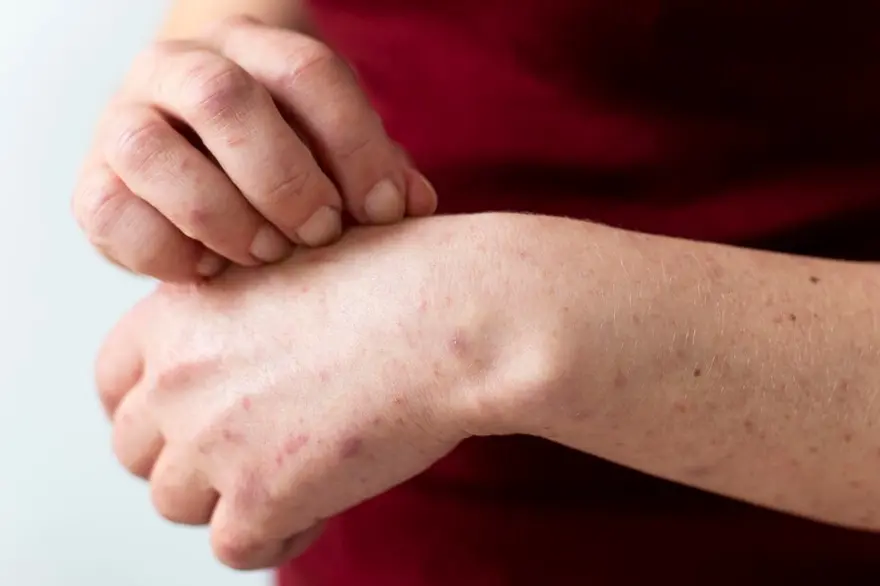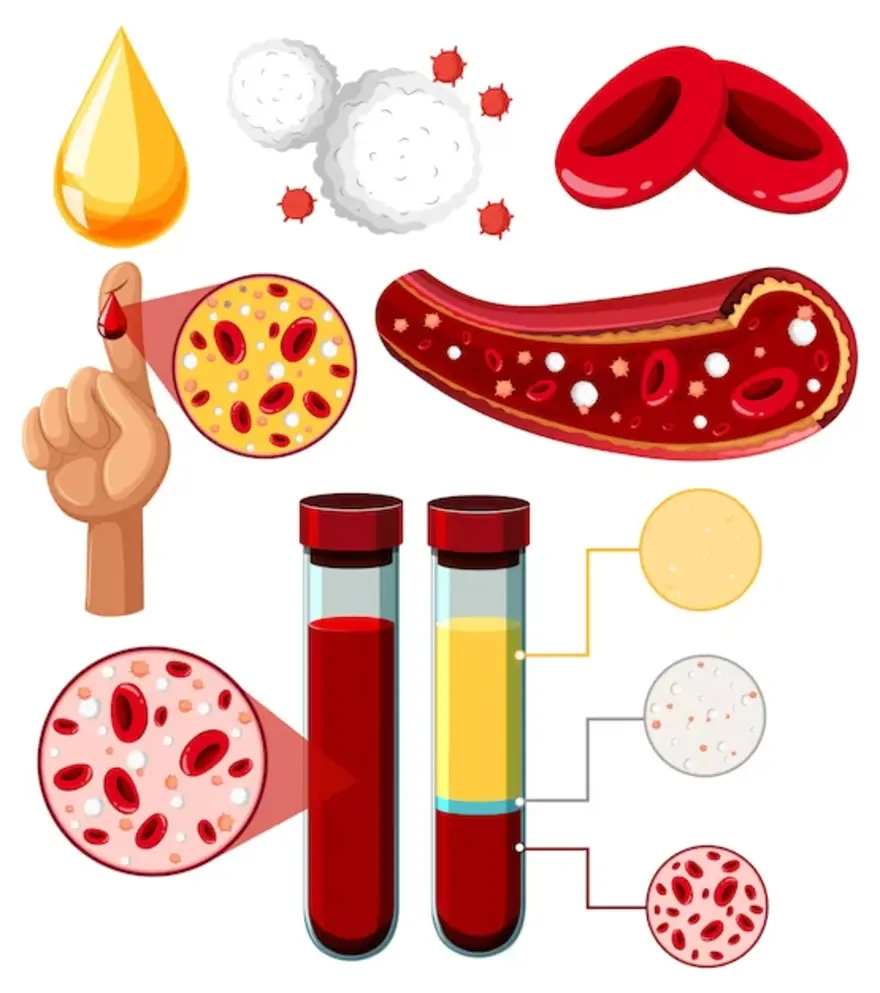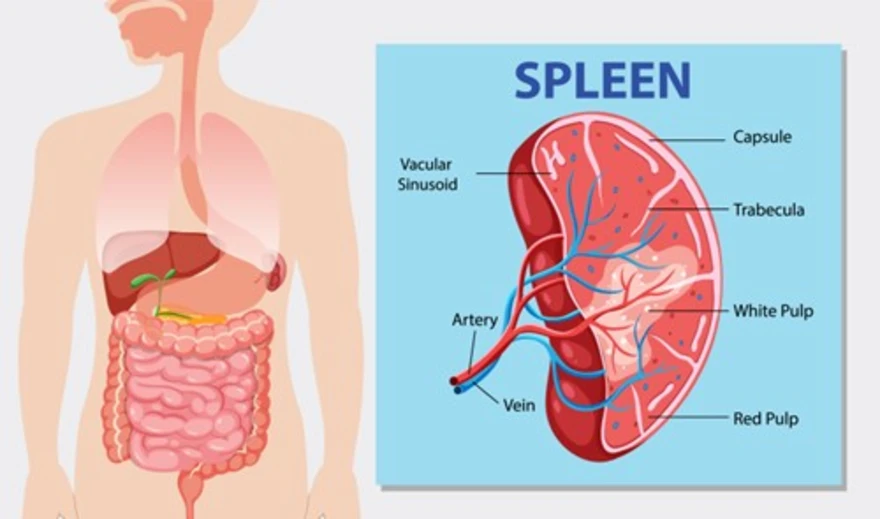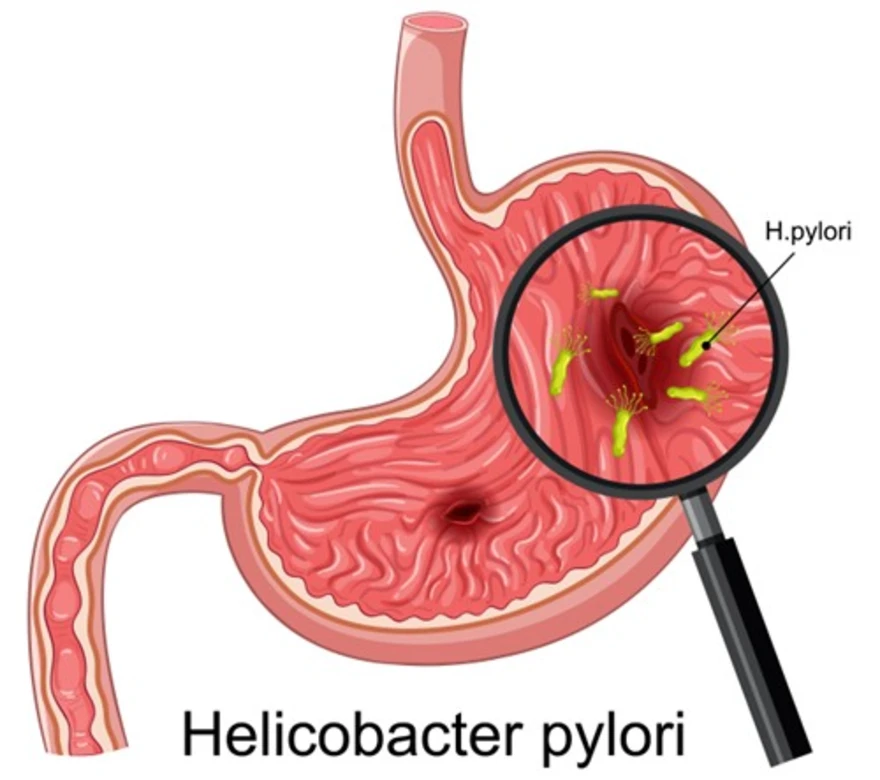Preventive Healthcare
Understanding Tinea Versicolor: Symptoms, Causes, and Treatment

Table of Contents
- What is tinea versicolor?
- What does tinea versicolor look like?
- Who gets tinea versicolor?
- What are the symptoms of tinea versicolor?
- What causes tinea versicolor?
- How is tinea versicolor diagnosed?
- How is tinea versicolor treated?
- How can I treat tinea versicolor at home?
- How long does tinea versicolor take to go away?
- How can I prevent tinea versicolor?
- What are the risk factors for developing tinea versicolor?
- Can tinea versicolor come back?
- What are the complications of tinea versicolor?
- Conclusion
What is tinea versicolor?
Tinea versicolor, a prevalent skin fungal infection, which disrupts natural skin pigmentation, leading to small, discoloured patches. Tinea versicolor commonly affects the torso and upper arms but can also appear on the face and neck, especially in younger children. The tinea versicolor on face can appear to be white, brown, red, or pink in colour or a dry, flaky, or scaly skin with a flat or slightly raised texture.
What does tinea versicolor look like?
Tinea versicolor spots can manifest as patches that are either lighter or darker than the surrounding skin, presenting in hues of white, pink, or light brown. These patches may exhibit dryness or scaliness and tend to appear more prominently on the chest and shoulders.
Who gets tinea versicolor?
Tinea versicolor can affect anyone, but it's more common in adolescents and young adults. Tinea versicolor can affect people worldwide, regardless of geographic location or nationality. However, it may be more commonly reported in regions with warm and humid climates, where the conditions are conducive to fungal growth on the skin.
What are the symptoms of tinea versicolor?
Most individuals experience mild tinea versicolor symptoms such as:
- Skin discolouration, typically on the back, chest, and abdomen. Discoloured patches can occur anywhere on the body and vary in shades of pink, yellow, brown, tan, or white.
- Itching in or around the affected skin areas.
- Increased sweating.
- Areas of skin that may become dry and develop scales.
- Skin patches that fail to darken or tan when exposed to sunlight.
What causes tinea versicolor?
Major cause of tinea versicolor is an excessive proliferation of yeast on the skin's surface. Flourishing in warm, moist, and oily conditions, this yeast multiplies in small clusters, leading to the characteristic symptoms of the condition.
Tinea versicolor causes are as follows:
- Compromised immune function.
- High temperatures and humidity.
- Perspiration.
- Excessively oily skin.
- Hormonal fluctuations.
How is tinea versicolor diagnosed?
Tinea versicolor is typically diagnosed through a combination of medical history review and physical examination. The distinctive patches associated with this condition often facilitate its identification during the physical examination. Additionally, healthcare providers may utilise a Woods Lamp, an ultraviolet light, to enhance the visibility of the patches for a clearer diagnosis.
How is tinea versicolor treated?
The following ways can be considered for tinea versicolor treatment:
Over-the-counter antifungal medication
For mild cases, over-the-counter antifungal lotions, creams, ointments, or shampoos can be applied as an easily and accessible tinea versicolor treatment options.
Prescription antifungal medication
- Clotrimazole cream or lotion
- Miconazole cream
- Selenium sulphide lotion
- Terbinafine cream or gel
- Zinc pyrithione soap
Other ways of treatment are as follows:
- Severe or unresponsive cases of tinea versicolor may require prescription-strength medication.
- Medications may include:
- Ketoconazole cream, gel, or shampoo
- Ciclopirox cream, gel, or shampoo
- Fluconazole tablets or oral solution
- Itraconazole tablets, capsules, or oral solution
- Selenium sulphide lotion or shampoo
- Preventative medication may be necessary once or twice a month for persistent cases.
How can I treat tinea versicolor at home?
Home Remedies for Tinea Versicolor:
- Natural Antifungal Agents: Tea tree oil and apple cider vinegar possess antifungal properties that can help combat the fungal infection responsible for tinea versicolor. Tea tree oil can be diluted with carrier oil and applied directly to the affected areas, while apple cider vinegar can be diluted with water and applied as a topical solution.
- Yogurt and Honey Mixture: Yogurt contains probiotics that can help restore the balance of microorganisms on the skin, while honey has antimicrobial properties. Mixing yoghurt and honey into a paste and applying it to the affected areas can help soothe the skin and inhibit fungal growth.
- Aloe Vera Gel: Aloe vera gel is known for its soothing and healing properties. Applying pure aloe vera gel on the affected areas can help reduce inflammation, soothe irritated skin, and promote healing.
- Coconut Oil: Coconut oil has antifungal properties and can help combat the fungal infection causing tinea versicolor. Applying coconut oil to the affected areas can help moisturize the skin, reduce dryness, and prevent fungal growth.
- Maintain Good Hygiene: Keeping the affected area clean and dry is essential for managing tinea versicolor. Regularly washing the skin with a gentle cleanser and patting it dry can help prevent the growth of fungi and reduce the risk of infection.
Remember that it is good to get in touch with the doctor before you follow any remedies at home.
How long does tinea versicolor take to go away?
Treatment for tinea versicolor typically takes around 1-2 weeks to show improvement. If tinea versicolor recurs, you should consult a healthcare professional for further evaluation and management.
How can I prevent tinea versicolor?
Preventing a recurrence of tinea versicolor can pose challenges. However, if you've been diagnosed with and successfully treated the condition, there are proactive measures you can take to reduce the likelihood of future infections:
- Avoiding prolonged exposure to excessive heat.
- Steer clear of tanning or extended periods of sun exposure.
- Minimise excessive sweating by staying cool and wearing breathable clothing.
- Utilise prescription-strength skin treatments during periods of increased susceptibility to tinea versicolor.
What are the risk factors for developing tinea versicolor?
Several environmental and biological factors can elevate your susceptibility to this condition, including:
- A familial predisposition to tinea versicolor.
- Excessive perspiration.
- Residence in a humid, warm environment.
- Weakened immune function.
- Use of immunosuppressive medications.
- Certain types of cancer.
Can tinea versicolor come back?
Yes, it can return even after successful tinea versicolor treatment. Tinea versicolor can recur due to factors like dormant fungal spores, warm and humid environments, individual susceptibility, incomplete treatment, weakened immune function, and lifestyle habits.
What are the complications of tinea versicolor?
Complications of tinea versicolor are generally minimal but may include:
- Persistent changes in skin pigmentation, lead to uneven skin tone.
- Recurrence of the infection, requiring further treatment.
- Emotional distress or self-esteem issues due to changes in appearance.
Conclusion
Tinea versicolor is a prevalent fungal skin infection characterised by discoloured patches and mild tinea versicolor symptoms like itching and increased perspiration. Diagnosis involves physical examination and tinea versicolor treatment. Options range from prescription medications to over-the-counter remedies. Recurrences are possible, underscoring the importance of preventive measures such as avoiding excessive heat and sun exposure. While complications are usually minor, changes in skin pigmentation and emotional distress can occur.


























